How To Add Magnesium To A Vegetable Garden
How to Add Magnesium to Plants, Veggies, and Soil using Epsom Salt
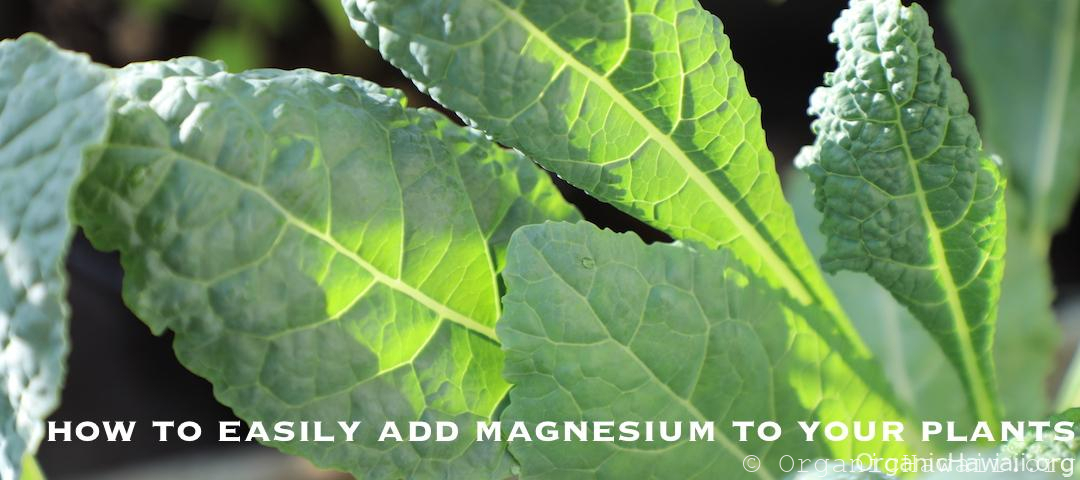
Magnesium (Mg) is an essential mineral for human health and plant health.
In humans Mg is responsible for over 300 enzymatic reactions and is a required mineral for proper heart function, good mood, muscle relaxation, better sleep, and more.
In plants Magnesium is required for proper photosynthesis. Without Magnesium plants cannot properly capture Sun's energy. Now that's important! It also helps plants uptake Phosphorus – a critical plant nutrient.
Medical Disclaimer: If you have a medical condition please speak to your doctor regarding any dietary changes or supplements. Information in this article is not a prescription or medical advice. Affiliate disclaimer: As an Amazon Associate we earn from qualifying purchases. You don't get charged extra and we make a small commission that supports Organic Hawaii. Mahalo!
Lots of people are deficient in Magnesium because their diet and lifestyle don't provide enough Mg and/or leach it out of the body.
Therefore, it's crucial that the food we eat provides sufficient daily Magnesium levels. By the way, some of the highest sources of organic Magnesium in food are found in organic cacao, organic sprouted pumpkin seeds, organic hemp seeds, and organic sprouted sunflower seeds.
In supplement form Magnesium is all bout absorption. We prefer and supplement with either Pure Magnesium Glycinate or Magnesium Citrate.
So how can we safely, easily, and quickly add Magnesium to our garden plants, like veggies, leafy greens, and our soil?
The answer is: Epsom Salt aka Magnesium Sulfate!
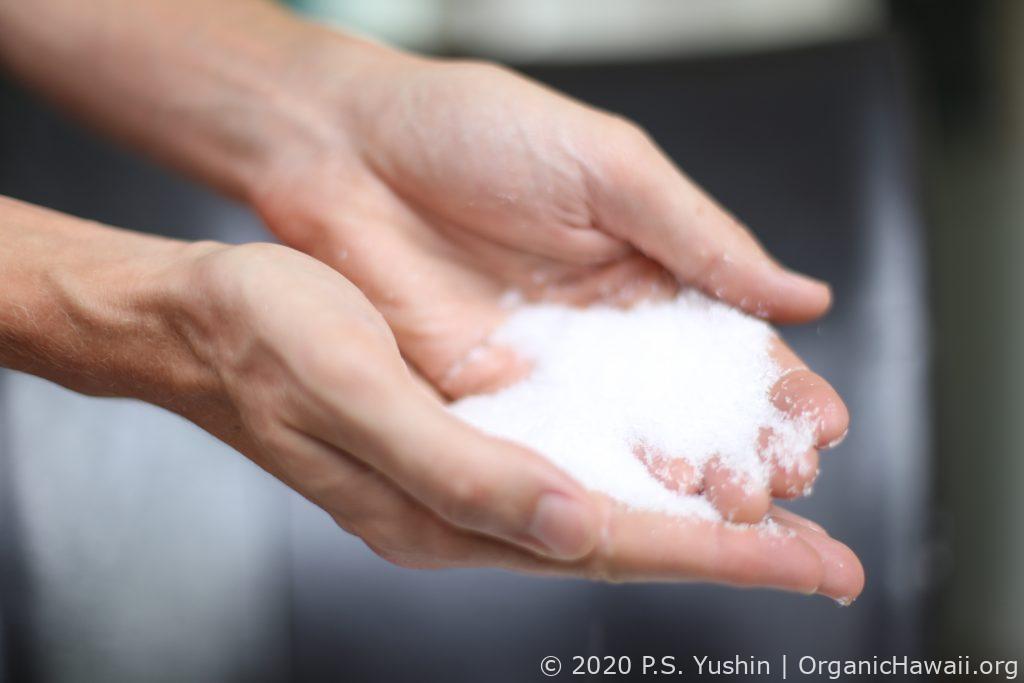
Epsom Salt (Magnesium Sulfate) is made from about 10% Mg and 13% Sulfur (S). It's widely known as an additive for warm foot soaks and baths, but it's actually a great fertilizer part of Organic Gardening and Organic Farming, especially if it's OMRI listed Epsom Salt.
Deposits of Magnesium Sulfate commonly occur naturally at the bottom of dry lake beds or they can be created by combining essential minerals. Epsom Salt does not contain actual "salt" (sodium). It's called "salt" due to it's crystalized appearance.
As a matter of fact, it's listed as an organic fertilizer in two of our very own books on Organic Gardening: Organic Gardening for Dummies (p.91) and 1519 All-Natural All-Amazing Gardening Secrets (p. 173 and p.209). Epsom Salt is especially recommended for roses, nightshades such as potatoes, tomatoes and peppers, citrus, carrots, and greening up plants including the lawn.
More so, according to The Epsom Salt Council: "Epsom salt – actually magnesium sulfate – helps seeds germinate, makes plants grow bushier, produces more flowers, increases chlorophyll production and deters pests, such as slugs and voles. It also provides vital nutrients to supplement your regular fertilizer."
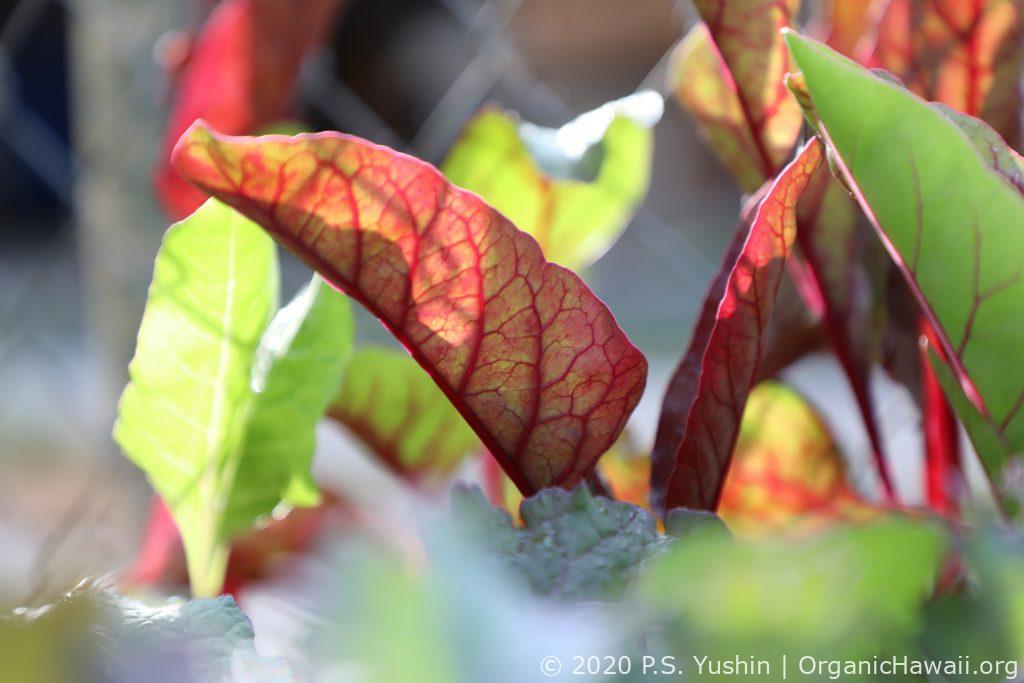
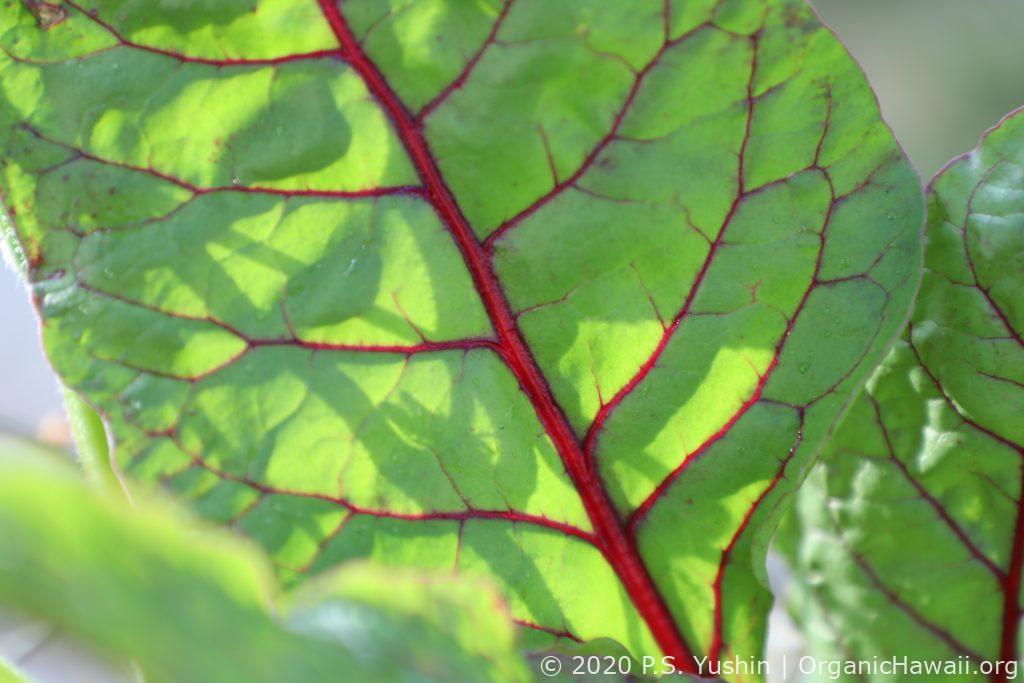
From our own gardening experience Epsom Salt also adds vibrant red color to red stemmed Swiss Chard and purple color to Red Russian Kale – a sign that leafy greens benefit and readily absorb Magnesium sulfate.
Magnesium Sulfate is nearly pH neutral, which is great since it won't alter your soil's pH. It's also water soluble meaning that it easily and quickly dissolves in water making it's application quick and easy.
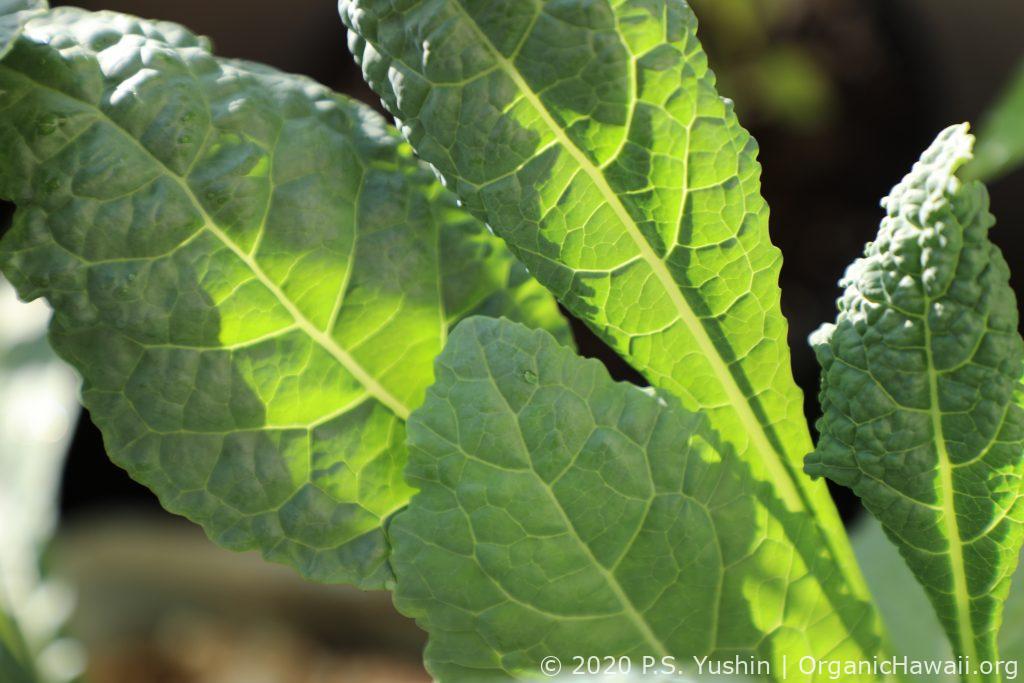
How do you know your soil needs Magnesium Sulfate (Epsom Salt)?
Generally, the surest way is to have your soil tested in a lab to see if there is a Magnesium and/or Sulfur deficiency.
However, not everyone is willing to test their soil due to cost or time constraints. So for those who don't want to test their soil the following can be used as a general guide.
- If your plants look healthy, then you probably don't need it. (If it's not broken don't try to fix it.)
- Are your plants are turning yellow, then you probably DO need it.
- Do you already fertilize with a fertilizer that has Magnesium, then you probably don't need more of Mg. Check the back label for minerals in your fertilizer.
- If you live an an area with heavy rainfall, then you probably DO need it since Mg is water soluble with time it washes out of the soil, especially sandy soil.
- Even if you don't live in an area with high rainfall, but you do water your plants on a normal basis, then your plants probably do need it every now and then.
- Magnesium doesn't occur out of the blue in regular or poor soil, so it should be added to soil in one way or another.
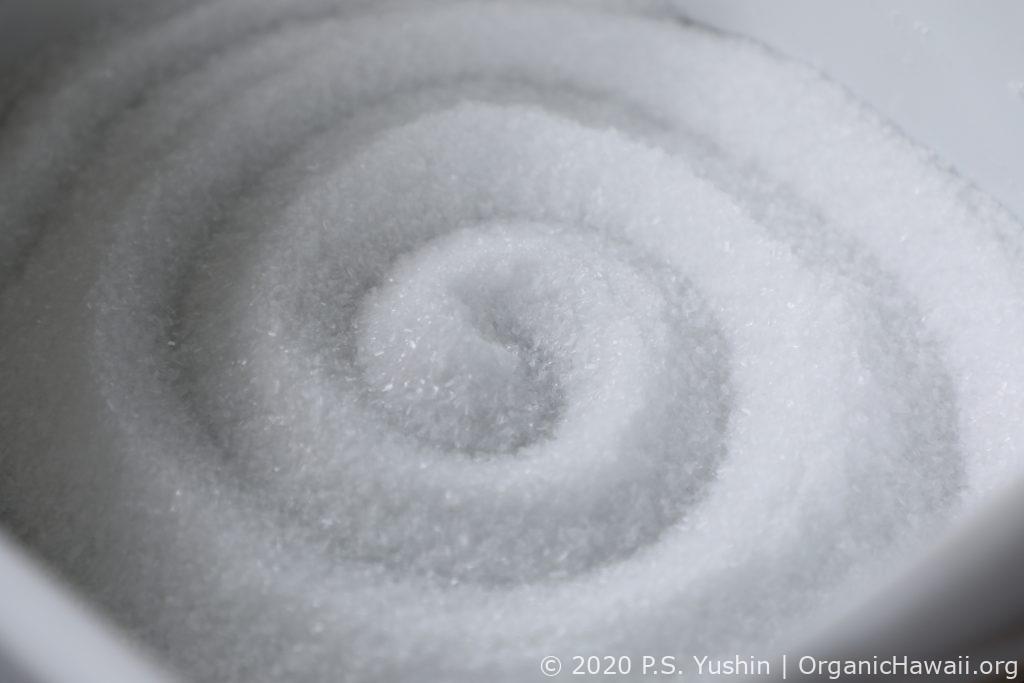
How to apply Epsom Salt (Magnesium Sulfate) to fertilize your plants?
There are three ways you can fertilize your garden with Epsom Salt.
Method 1 : Foliar spray – spray the leaves with Epsom Salt
Step 1: Mix 1 tbs. (tablespoon) per 1 gallon of water until dissolves.
Step 2: Add the mixture to a spray bottle or a pump sprayer.
Step 3: Spray the leaves of your plants in the early morning or evening when direct Sun is not hitting them, once a week.

Method 2: Water the soil with Epsom Salt
Step 1: Mix 1 tbs. (tablespoon) per 1 gallon of water until dissolves.
Step 2: Add the mixture to a watering can.
Step 3: Water the soil under your plants.
Method 3: Sprinkle Epsom Salt onto Soil
Step 1: Follow manufacturer's directions to measure the right amount needed. Usually 1tbs. per 1 foot of plant height.
Step 2: Sprinkle directly onto soil around the plant's drip line.
Step 3. Water thoroughly.
Caution: Don't overuse Epsom Salt because it contains sulfur. Although sulfur is essential to plants (especially the Allium family like onions and garlic, too much sulfur may kill beneficial (and bad) bacteria and microorganisms in your soil.
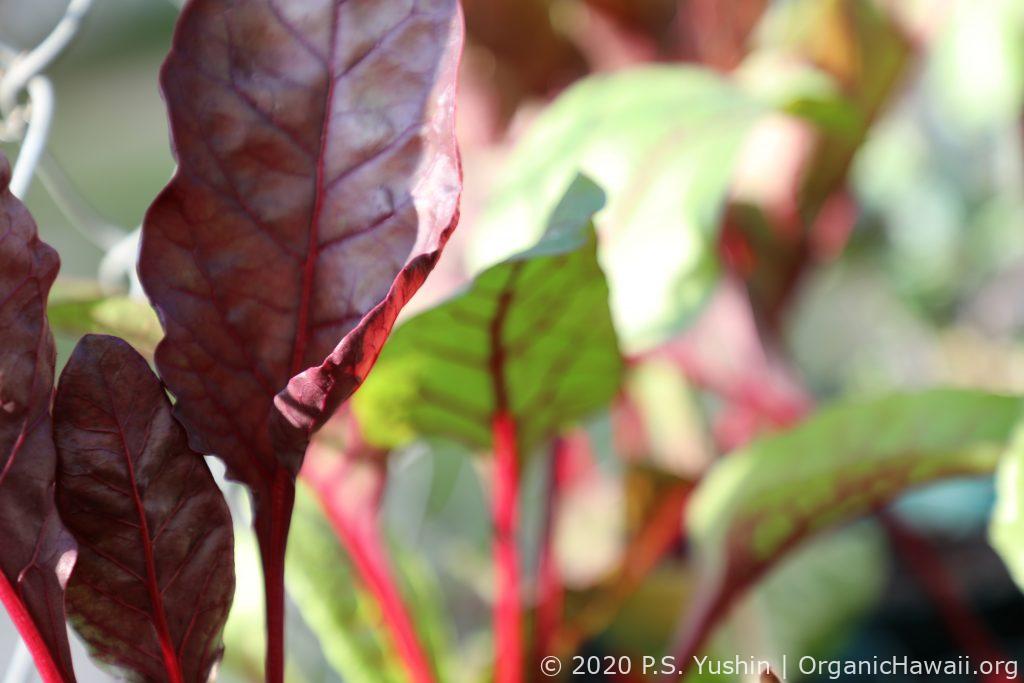
Now that you know how to easily and affordably add Magnesium to your garden plants, veggies, leafy greens, lawn, and soil try it out and let us know your experience in the comments below.
Mahalo and happy organic gardening!

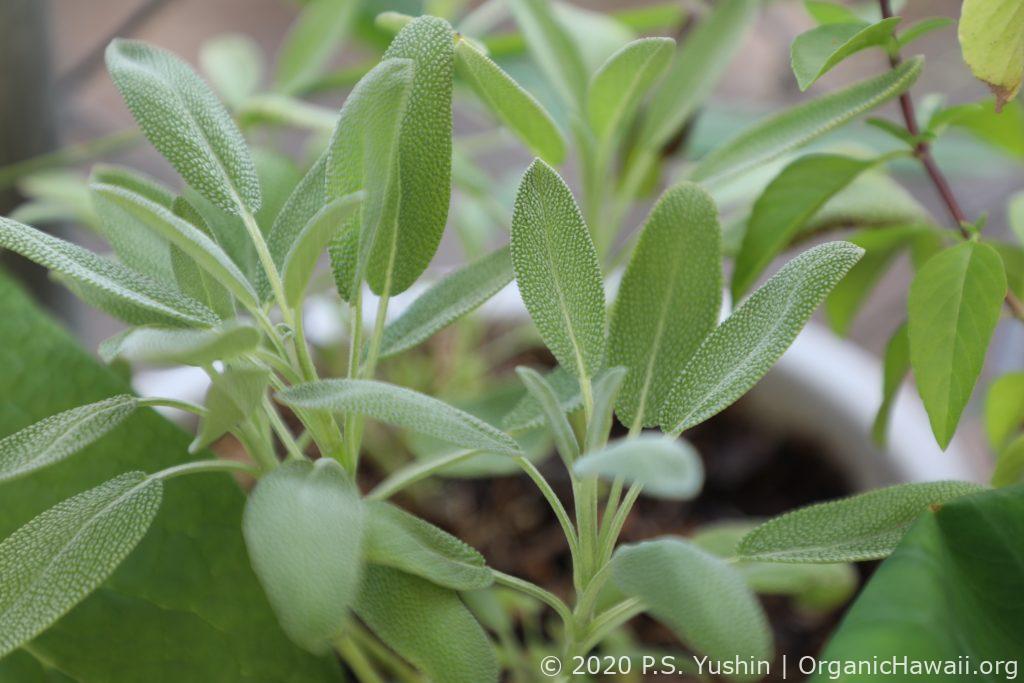

Category: Farms, Featured, Food, Health, Lifestyle, Organic Gardening Tags: Epsom Salt, essential, fertilizer, foliar, garden, gardening, Health, healthy food, how to, Magnesium, Mg, minerals, organic, organic farming, plants, S, Sulfur
How To Add Magnesium To A Vegetable Garden
Source: https://organichawaii.org/how-to-add-magnesium-to-garden-plants-veggies-and-soil-using-epsom-salt/
Posted by: campbelltorcer.blogspot.com

0 Response to "How To Add Magnesium To A Vegetable Garden"
Post a Comment